Talk Overview
Bacteria, primitive single-celled organisms, communicate with chemical languages that allow them to synchronize their behavior and thereby act as enormous multi-cellular organisms. This process is called quorum sensing and it enables bacteria to successfully infect and cause disease in plants, animals, and humans. Investigations of the molecular mechanisms underlying quorum sensing are leading to the development of novel strategies to interfere with quorum sensing. These strategies form the basis of new therapies to be used as antibiotics.
Speaker Bio
Bonnie Bassler
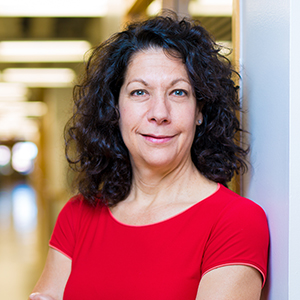
Bonnie Bassler is a member of the National Academy of Sciences and the American Academy of Arts and Sciences. She is a Howard Hughes Medical Institute Investigator and the Squibb Professor of Molecular Biology at Princeton University. Bassler received a B.S. in Biochemistry from the University of California at Davis, and a Ph.D. in Biochemistry… Continue Reading
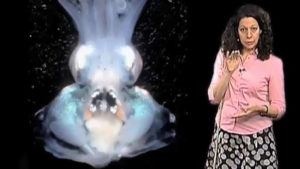
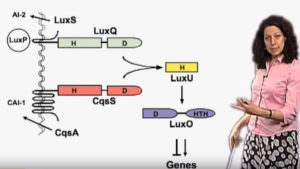
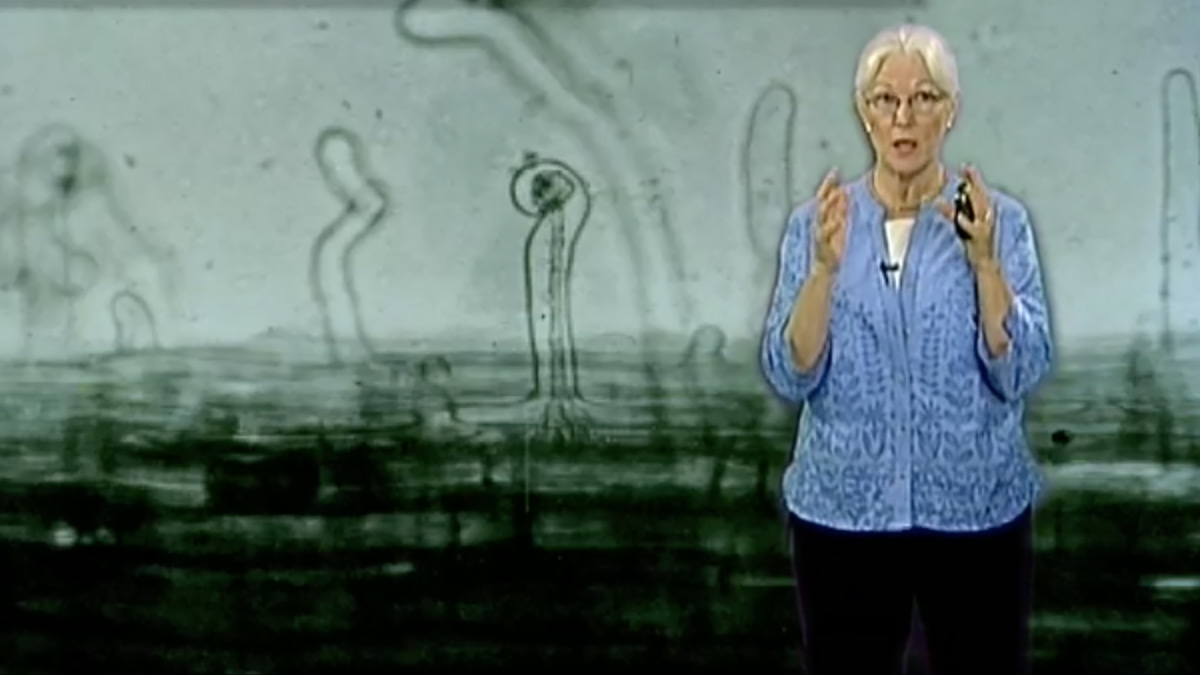
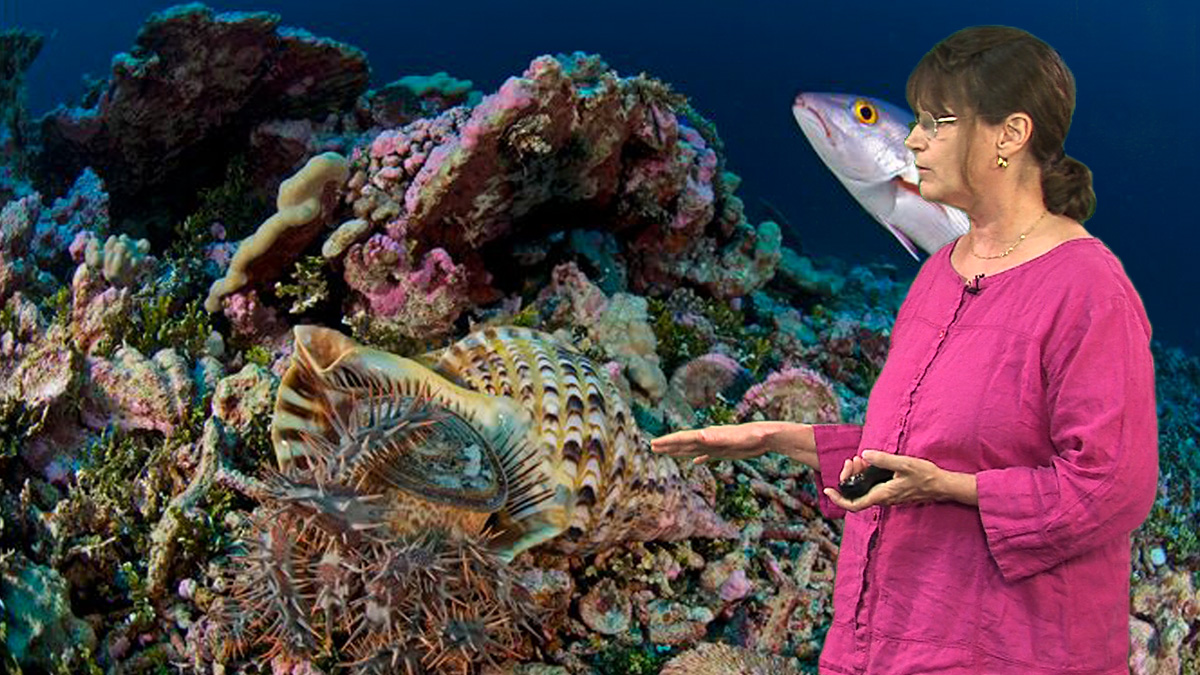
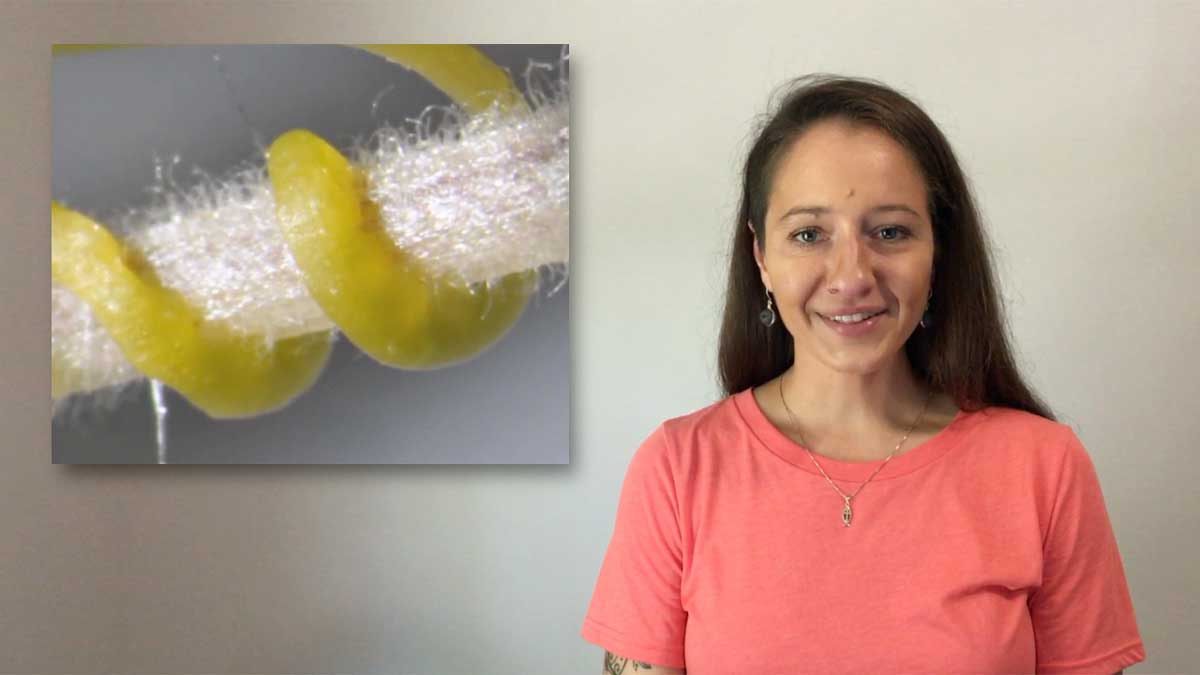
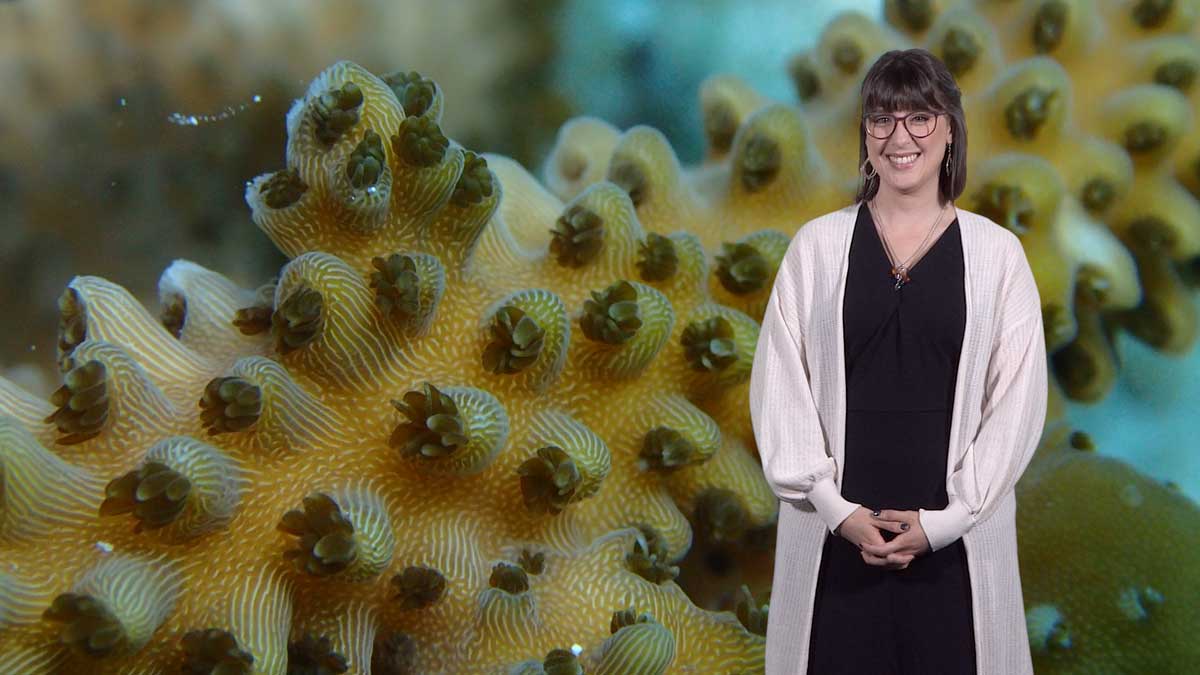





richard schaffner says
I am a hydrogeologist and have worked for more than 30 years on the investigation and remediation of hazardous waste sites. My specialty is in situ bioremediation, stimulating mostly native degrader communities to transform/degrade contaminants of concern (e.g., petroleum hydrocarbons, halogenated solvents, and heavy metals). We have been adding inorganic nutrients to biological stimulants (largely electron acceptors or donors) for years and have been seeing certain enhanced performance attributes that differentiate the stimulants we have been using from those used by many others and for nearly two decades we could not explain why. After reading about quorum sensing/signaling (QSS), first about a year ago, I now believe that the inorganic nutrients we add are helping to increase population densities of degrader communities in situ and triggering QSS, which enhances certain performance attributes well beyond those of additives lacking these nutrient cocktails. Hence, I am reading nearly everything I can find find about QSS, and related microbial “tools”, and that was the purpose for viewing Part 1: Bacterial Communication via Quorum Sensing. The video was simply outstanding and it helped me pull together a lot of what I have been reading without having the background in biochemistry/molecular biology to really drill deeply into this subject. (I augmented my MS programs in contaminant hydrogeology and environmental engineering with soil microbiology and basic biology, but that was nearly 30 years ago.) Anyway, I just wanted to say thank you and let you know that your video was much appreciated! I cannot wait to watch Part 2 and “mine” iBiology for more on this and related topics!